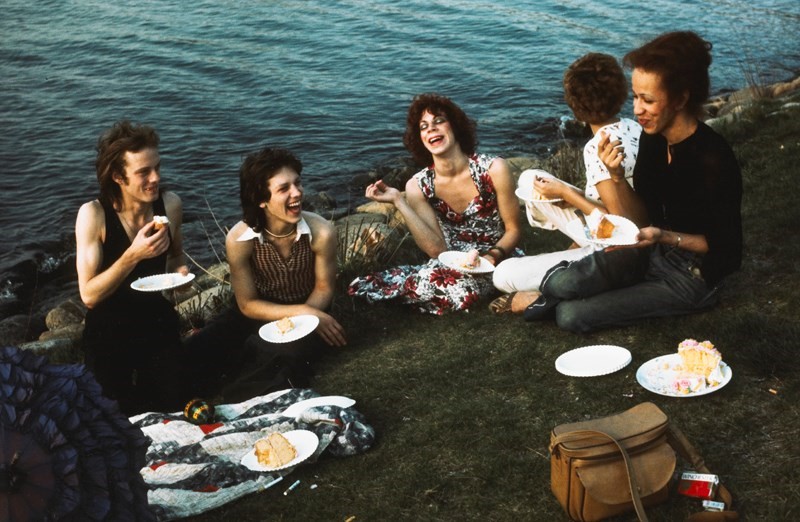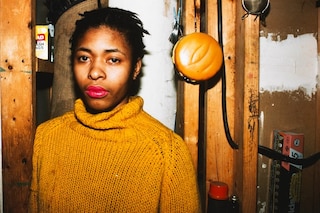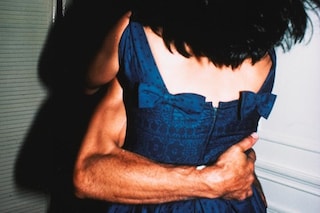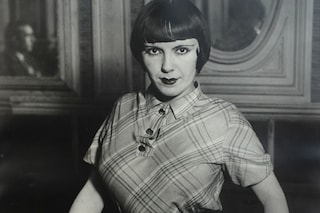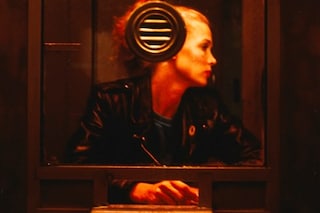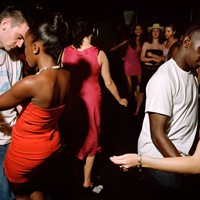In our current social and political climate, old social documentary photos can help us grow
“History repeats itself so often that looking at it from a long view is forever important.” Museum of Contemporary Art Los Angeles (MOCA) curator, Lanka Tattersall, is reflecting on why it’s important to look at photography from the past. It’s a sentiment that drives MOCA’s upcoming show, Real Worlds: Brassaï, Arbus, Goldin, that uses the three seminal photographers as a means for understanding our world’s current social and political context. Not just because in these photographers’ contexts, the camera is used as a way to illuminate and restore truths for marginalised communities, but because the realities presented in their images are as cyclical as the earth’s rotation, and sadly still present today. “If you really think about it”, says Tattersall “photography is a document of someone standing before the camera and making their presence as an impression of light on a plate or a colour negative. From this transmission, their impression is present forever.”
Real Worlds features 100 works from three of history’s most critical photobooks, Brassaï’s The Secret Paris of the 30s (1976), Nan Goldin’s The Ballad of Sexual Dependency (1986) and prints from the posthumous Diane Arbus: An Aperture Monograph (1972).
Brassaï’s portraits of pre-World War II secret Paris are the show’s earliest works. The photographer relocated to Paris in 1924 to escape the regime of right-wing Hungary, and soon after arriving, the dream-like romanticism of the city become the epicentre of his work. These photos preserve a moment of Parisian liberation that was soon to be torn apart by World War II: portraits from underground clubs that were liberated from prejudice, of topless and shirtless men embracing one another, and different races dancing freely with one another in an era whose racism would deem it impossible to do so.
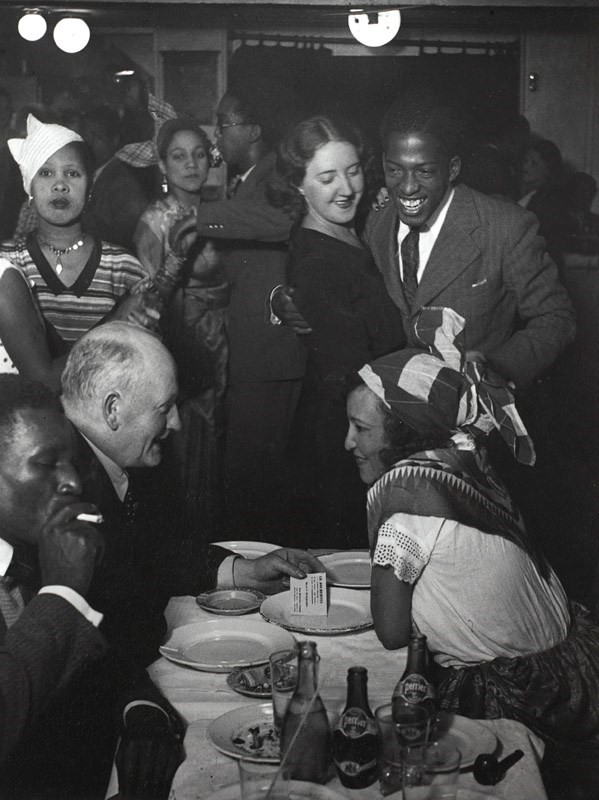
In what feels like a push-pull effect, it seems as if the world that followed Brassaï's photos of the 1930s would unfold in the very same way: celebrating liberation with one step forward, only to be pulled three steps back into conservatism because of war or politics. “Brassaï didn't have what Arbus or Goldin had: extended time”, says critic Hilton Als in conversation with Tattersall in the show’s accompanying book. “They would spend years with the subject in order to understand a particular person. I think Brassaï was really a photographically quick sketch artist... And his work is a real extension of (Charles) Baudelaire’s dictum that beauty in modernization is really about self-presentation, about the eye.”
While Brassaï presented quick snapshots of forbidden Parisian life from the periphery, Goldin’s The Ballad of Sexual Dependency is deeply personal, as we are given a private eye into the intimate worlds of underground bohemians and artists during 70s and 80s New York, Boston and Berlin. “Goldin seems to be drawn to the drama of the devastating image”, photographer A.L. Steiner tells Tattersall. “She really knows that she’s crafting a narrative experience that is intended to take you through highs and lows.” The evocation of Goldin’s Ballad holds a mirror up to the raw and traumatic reality of the human condition in such a powerful way that viewers have no choice but to walk away deeply touched by her work.
“If you really think about it, photography is a document of someone standing before camera and making their presence as an impression of light upon a plate or a colour negative. From this transmission, their impression is present forever” – Lanka Tattersall
Diane Arbus’s Aperture Monograph (1972) is a retrospective view of the photographer's career featuring 80 of her most iconic works: photos of marginalised communities in America over the 1950s to the 1970s. However, her work has been a long point of contention about the photographer's role in the depiction of marginalised communities. "In our current art context, it's really important we address artist controversies", explains Tattersall. "We do this in the show through our wall text, where we talk about some of Arbus's criticism. When we come to the question of the relevance of the show today, we must talk about what is the artist's responsibility to her/his subject – what is their responsibility to society? There's a kind of vulnerability in Arbus's work that is really incredible and, while, yes, there are clips of her saying, “freaks! I just used to adore them”, we can use this statement to understand the artist's perspective on the world in ways that might be really informative.”
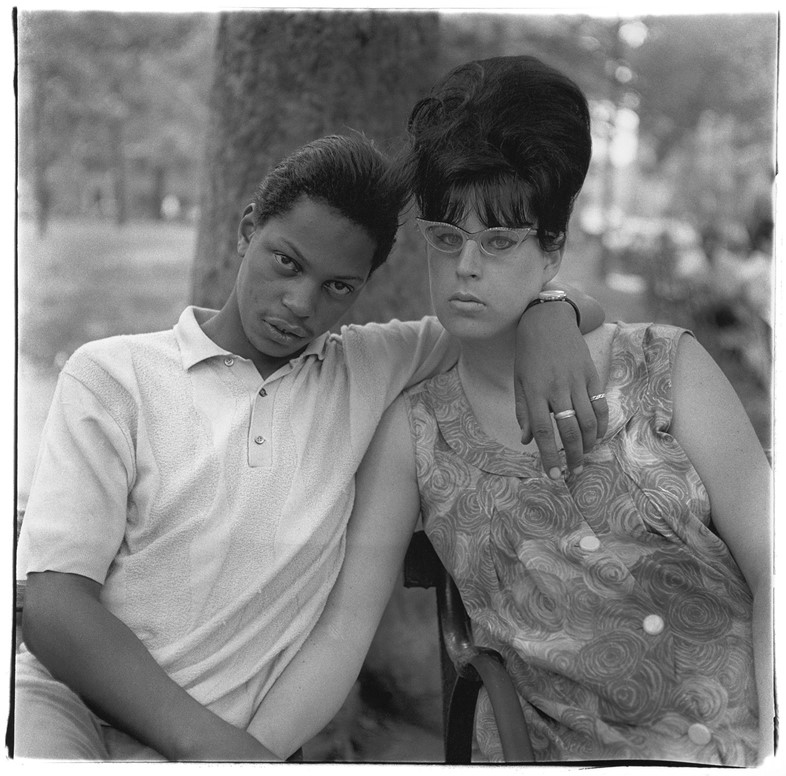
Maggie Nelson brings a comprehensive view on the Arbus controversy to the show. In conversation with Tattersall in the show's accompanying book, Nelson references Arbus's photo “Untitled (6)” (1971-72) to remind us that we can't strip autonomy from Arbus's subjects in our bid to shame her work under photographer-subject ethics. “For the most part, it seems as though what is transpiring in these photographs is a real sense of play, joy, and engagement with Arbus – a readiness to pose and the pleasure of the time. It makes me think: who are we to judge whether or not these people are able to engage with her? They seem to want to be there. And so, I think it actually puts the question back upon the viewer – who are you to think that these people have no capacity to decide? Who are you to question their agency, their pleasure?”
Real Worlds: Brassaï, Arbus, Goldin is on at MOCA Los Angeles between 4 March - 3 September 2018. You can find out more info here
